
Postural Dysfunctions
Postural dysfunction refers to a condition in which the body maintains an improper or misaligned posture over an extended period. This misalignment can affect the spine and other joints, disrupting the normal balanced alignment that is essential for optimal musculoskeletal function. Key points about postural dysfunction include: Prolonged Positions: Postural dysfunction often arises from spending […]

Arthritis
Arthritis and other rheumatic diseases are prevalent conditions that give rise to pain, swelling, and restricted movement. These conditions primarily impact joints and connective tissues throughout the body. In the United States, millions of individuals experience some form of arthritis, making it a widespread health concern. Key points regarding arthritis and rheumatic diseases include: Pain […]
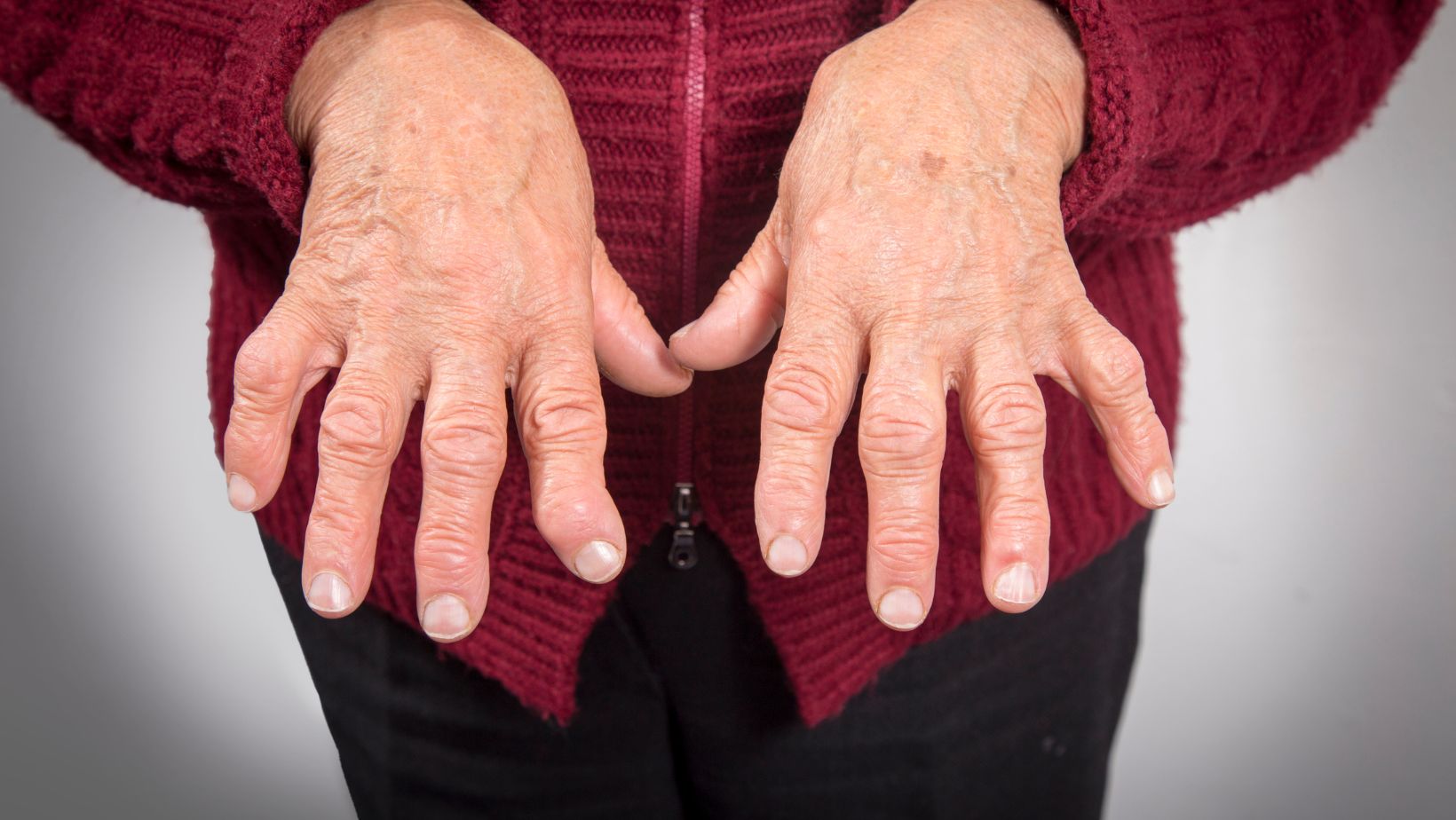
Rheumatological Conditions
Rheumatological conditions with a musculoskeletal component encompass a group of disorders that typically impact the joints, tendons, ligaments, bones, and muscles. Rheumatic diseases are characterized by inflammation in these musculoskeletal structures, often leading to pain, stiffness, and reduced functionality. Key points regarding rheumatological conditions with a musculoskeletal component include: Joints: Rheumatic diseases commonly affect […]
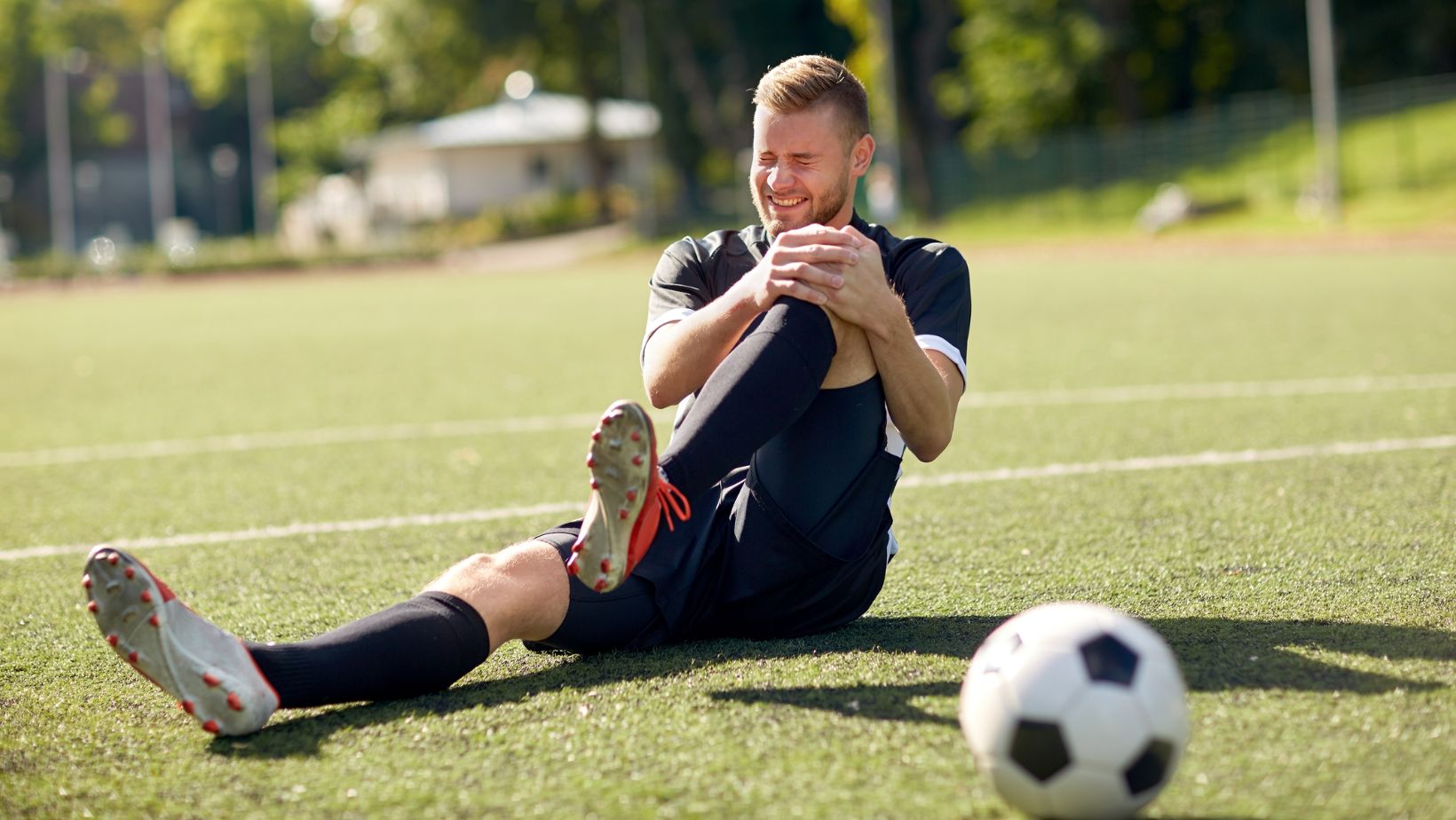
Sports Injuries
Most sports injuries can be attributed to either trauma or overuse of muscles or joints. Traumatic injuries result from a sudden force or impact, while overuse injuries occur due to repetitive stress on a particular part of the body over time. In many cases, sports injuries involve minor trauma affecting muscles, ligaments, tendons, or bones. […]
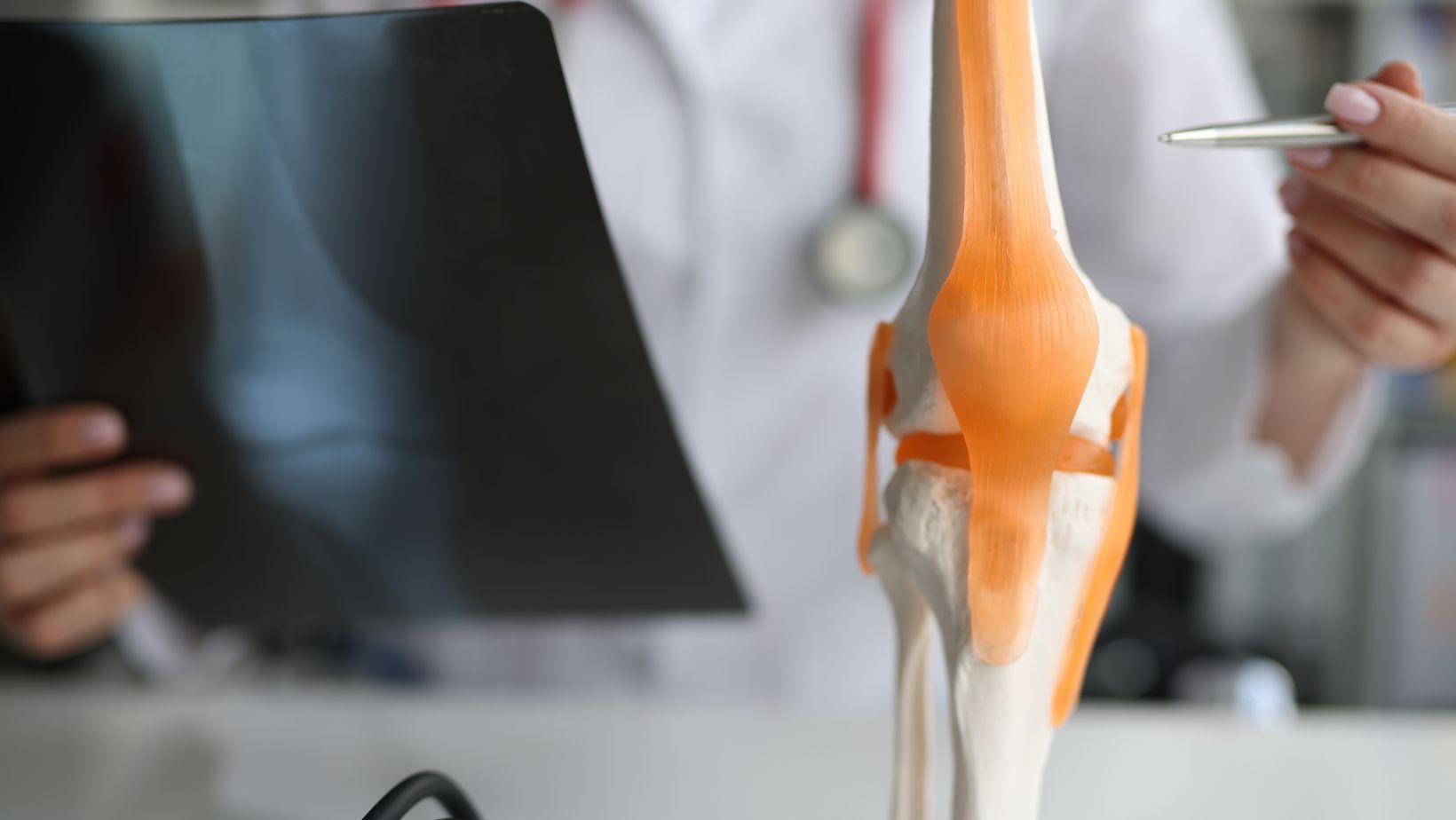
Postoperative Joint Replacements
Postoperative joint replacements refer to the period following a surgical procedure where a damaged joint is replaced with an artificial implant. This type of surgery is commonly performed in cases of severe joint arthritis or other conditions that significantly impair joint function. Key considerations during the postoperative phase of joint replacement include: Pain Management: Managing […]
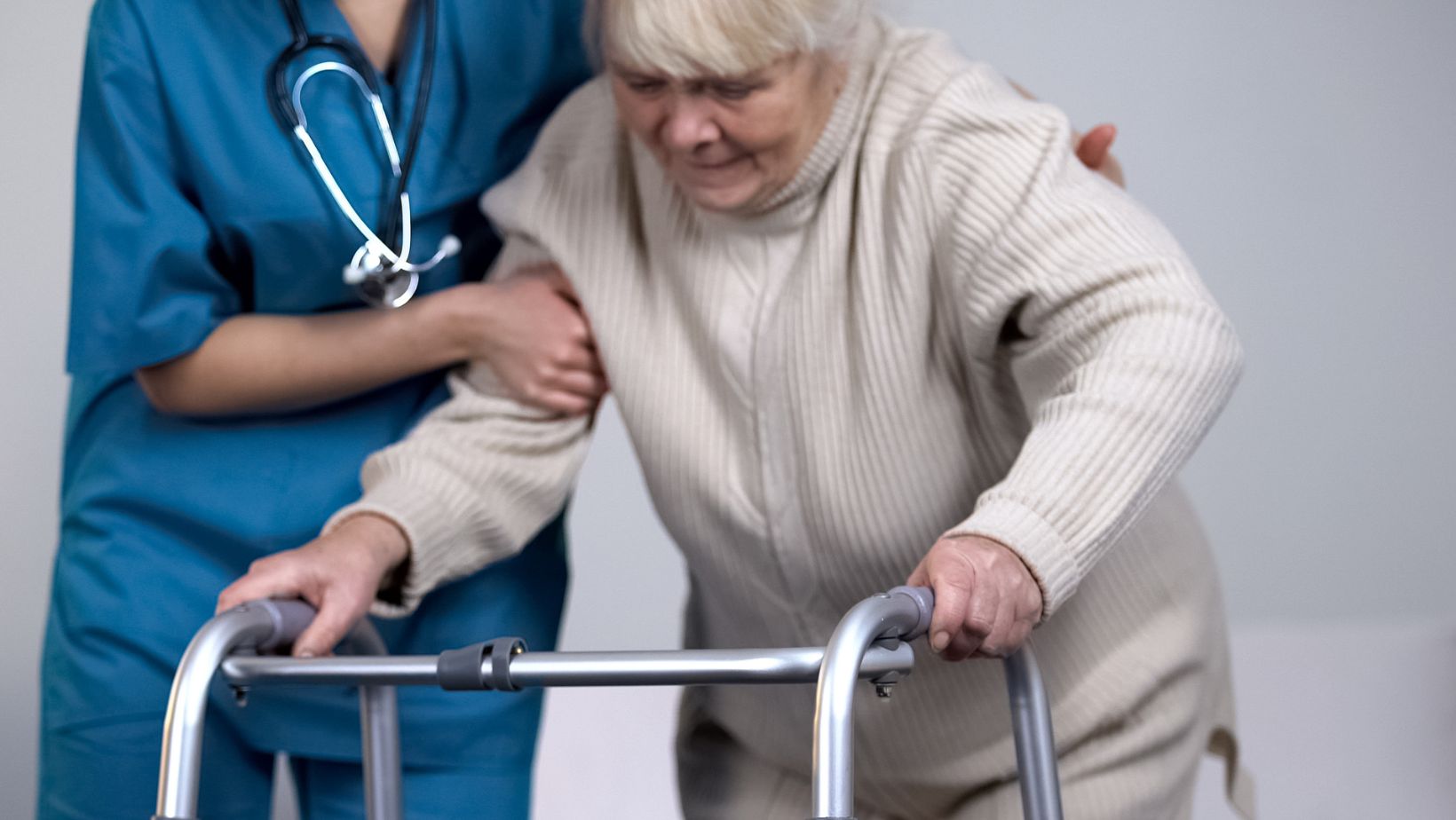
Post-Operative Cases
Post-operative care is a crucial aspect of the overall treatment process, focusing on promoting healing, managing pain, and restoring functionality after surgery for individuals who have undergone surgical procedures and are in the phase of recovery following their surgery. During the post-operative period, patients may receive specialized care tailored to the type of surgery they […]
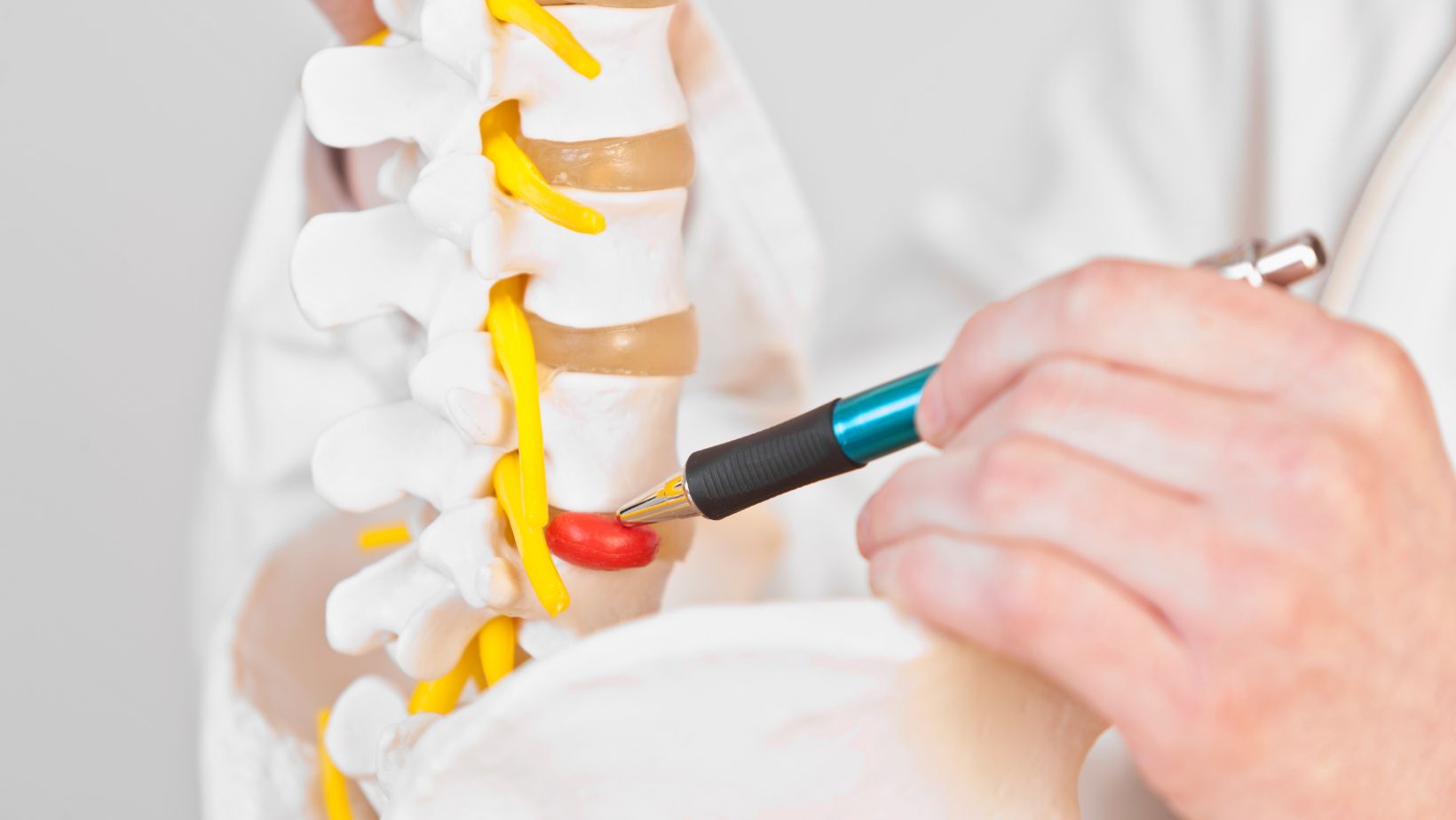
Herniated Discs or Disc Bulges
A herniated disc, also known as a disc bulge, occurs when there is a problem with one of the rubbery cushions, known as discs, situated between the vertebrae, the bones that stack to form the spine. These discs act as shock absorbers, providing flexibility and cushioning to the spine. When a disc herniates, it means […]
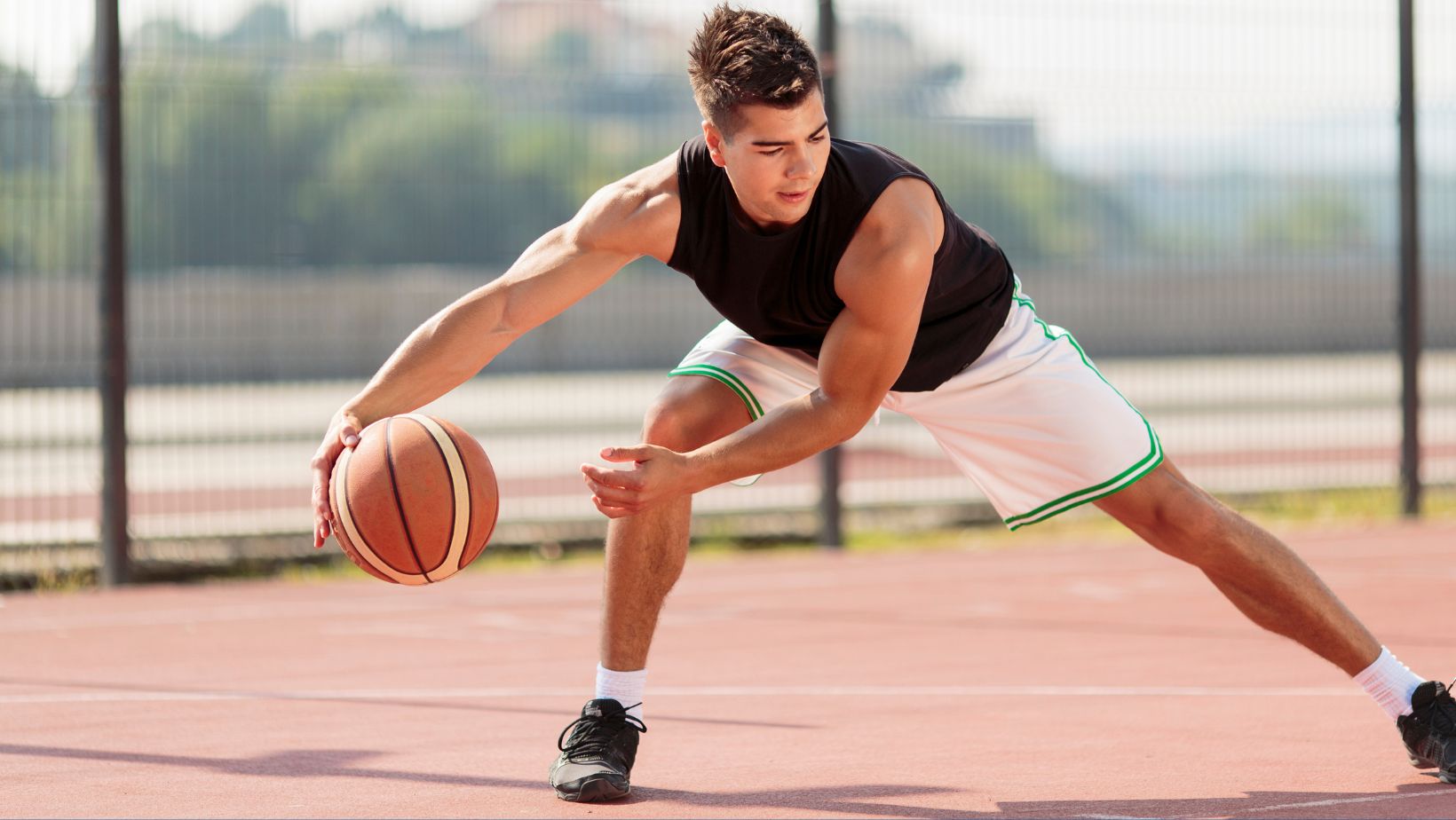
Sprained Ligaments
The knee joint is supported by four major ligaments, which are crucial for providing stability and strength to the joint. Ligaments are elastic bands of connective tissue that link bones together. In the case of the knee, these ligaments play a pivotal role in connecting the femur (thighbone) to the tibia (shin bone). The four […]

Muscle Spasms
A muscle spasm, often colloquially known as a charley horse or muscle cramp, is the involuntary and forceful contraction of a muscle. This phenomenon most commonly occurs in the thighs, calves, feet, hands, and arms, with potential manifestations in the abdomen or along the rib cage as well. While muscle spasms are generally harmless, they […]
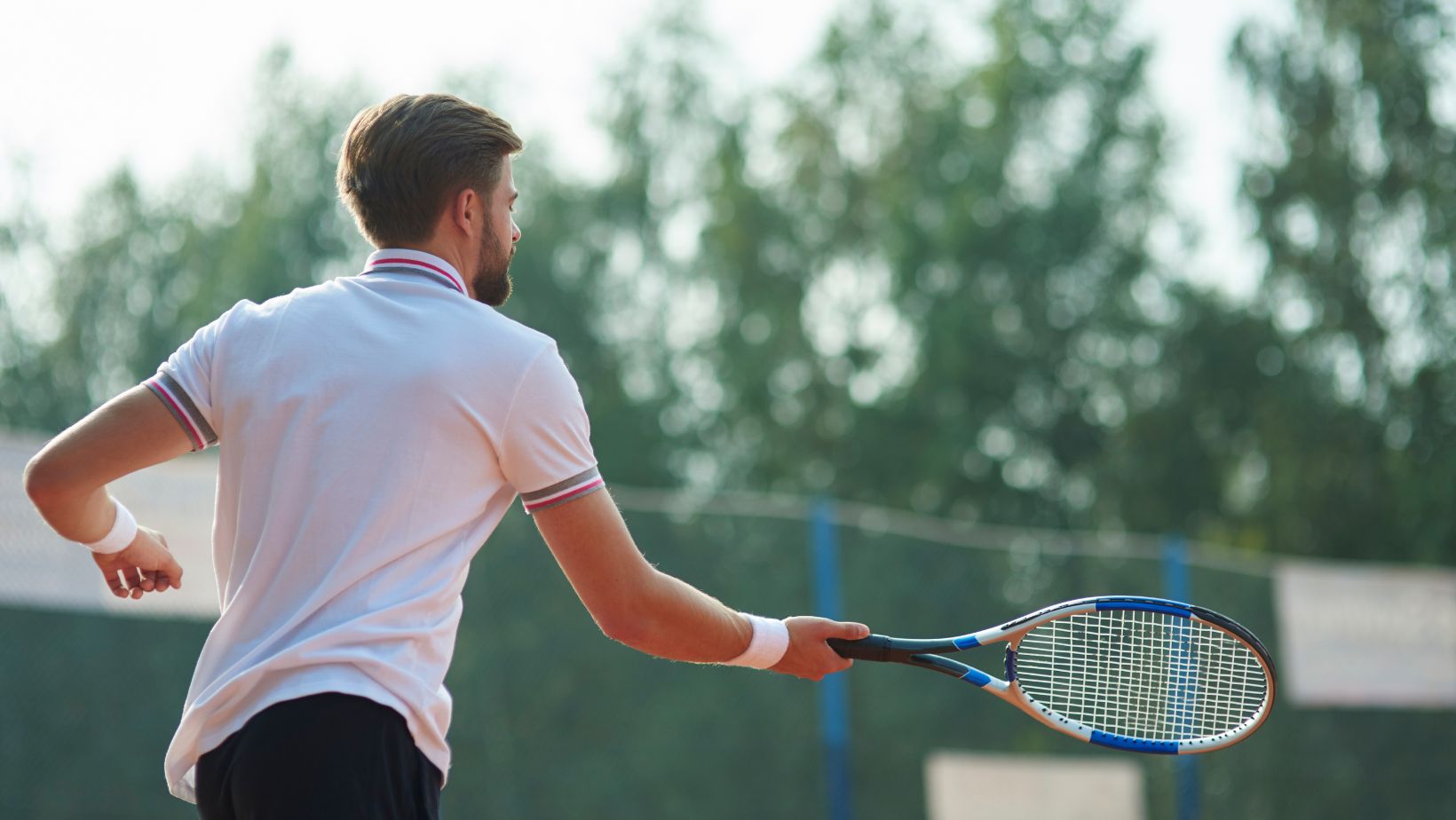
Strained Muscles
Muscles play a pivotal role in facilitating all movements of the body. A muscle strain, colloquially referred to as a “pulled” or “torn” muscle, occurs when the muscle experiences an injury that results in tearing or ripping. Typically unpredictable, a muscle tear occurs when the muscle is subjected to rapid stretching, often during activities such […]
